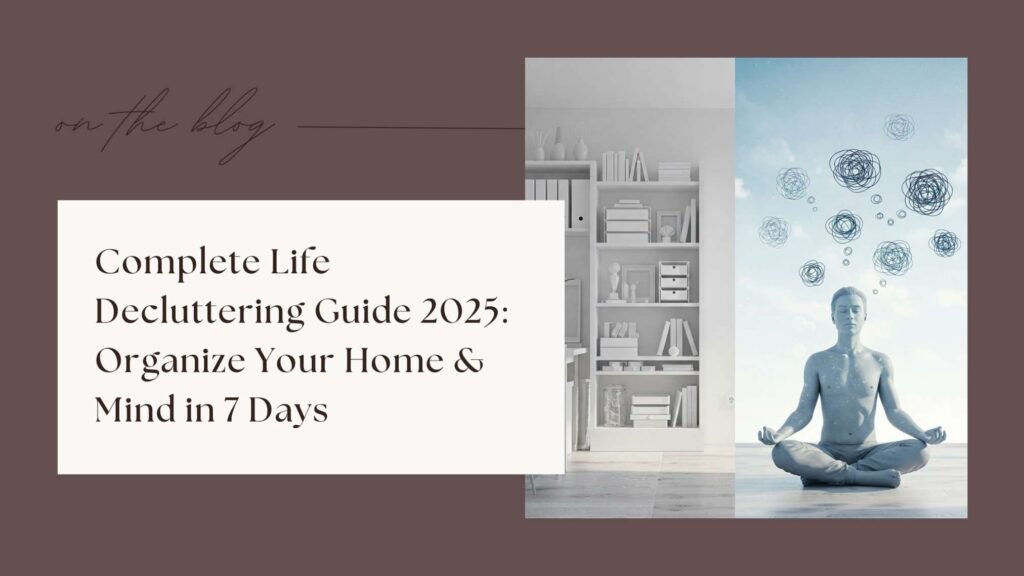My Journey into Holistic Decluttering
Last winter, I stood in front of my overflowing closet, buried in clothes I hadn’t worn in years, desperately trying to find something that made me feel confident for an important meeting. As I sifted through hangers in frustration, it hit me—this wasn’t just about excess clothing. The physical mess mirrored my mental clutter: overwhelmed, scattered, and craving clarity. That moment sparked the beginning of my personal transformation and inspired what I now call my life decluttering guide 2025—a journey toward simplifying both my space and my mind.
Decluttering your life has become a necessity in 2025, not just a passing trend. With the ever-increasing complexities of our digital existence, mounting environmental concerns, and the continued economic pressures many of us face, creating space—both physical and mental—has become essential for wellbeing. I’m sharing my comprehensive approach to decluttering every aspect of life, based on what actually worked for me and the transformative results I’ve experienced.
Why Traditional Decluttering Falls Short
When most people think about decluttering, they picture weekend cleanouts and donation bags. However, the clutter problem in 2025 goes far deeper than just physical possessions. We’re overloaded with:
- Digital files, apps, and notifications are competing for attention
- Mental to-do lists that never end
- Emotional baggage from past experiences
- Social commitments that drain rather than fulfill us
- Information overload from constant news and media exposure
Traditional approaches address only the visible symptoms while ignoring the underlying causes of our cluttered lives. I discovered this firsthand when, despite multiple attempts at organizing my home, the clutter would inevitably return within weeks.
The Comprehensive Life Decluttering Framework
After months of research and personal experimentation, I developed a holistic approach that addresses the four key domains of clutter: physical, digital, mental, and emotional. Here’s how I tackled each area:
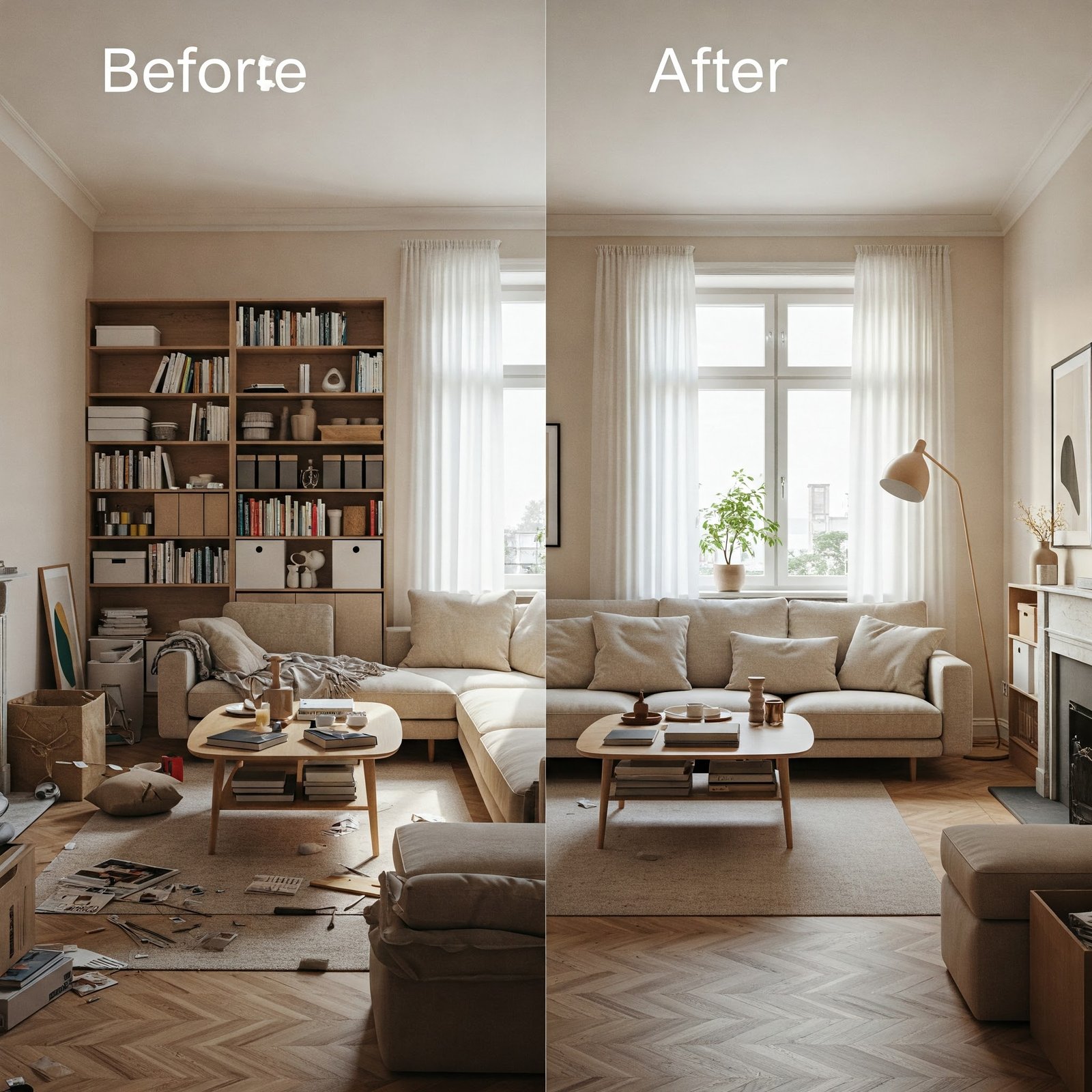
1. Physical Space: Beyond the Basics
Physical decluttering forms the foundation of a holistic approach. When our surroundings are ordered, our minds naturally follow. I began with the standard advice to sort items into keep, donate, and discard piles, but I found I needed additional categories:
The Maybe Box: Items I was uncertain about went into a sealed box with a date six months in the future. If I hadn’t opened the box by that date, I would have donated the contents without looking inside again.
The Joy Inventory: Rather than just eliminating what didn’t serve me, I created a list of items that genuinely brought me joy, which helped establish guidelines for future purchases.
Consumption Tracking: For one month, I logged every item that entered my home. This eye-opening exercise revealed my unconscious shopping patterns and helped me establish better boundaries around acquisition.
I found that investing in quality storage solutions made maintaining order much easier. The Minimalist Home Organization System completely transformed my closet functionality.
2. Digital Decluttering: Taming the Invisible Mess

Our digital lives can harbor just as much clutter as our physical spaces, often with more significant impacts on our focus and mental health. My approach included:
Email Bankruptcy: I archived everything over three months old and implemented a strict labeling system moving forward.
App Audit: I deleted any app I hadn’t used in 30 days and consolidated similar functions (did I really need three photo editing apps?).
Notification Elimination: I turned off all non-essential notifications, keeping only those from actual people trying to reach me directly.
Digital Minimalism Challenge: For two weeks, I limited myself to essential digital tools only. This reset helped me identify which digital elements truly added value to my life.
The Digital Declutter Planner provided templates that made tracking this process much more manageable.
3. Mental Decluttering: Creating Cognitive Space
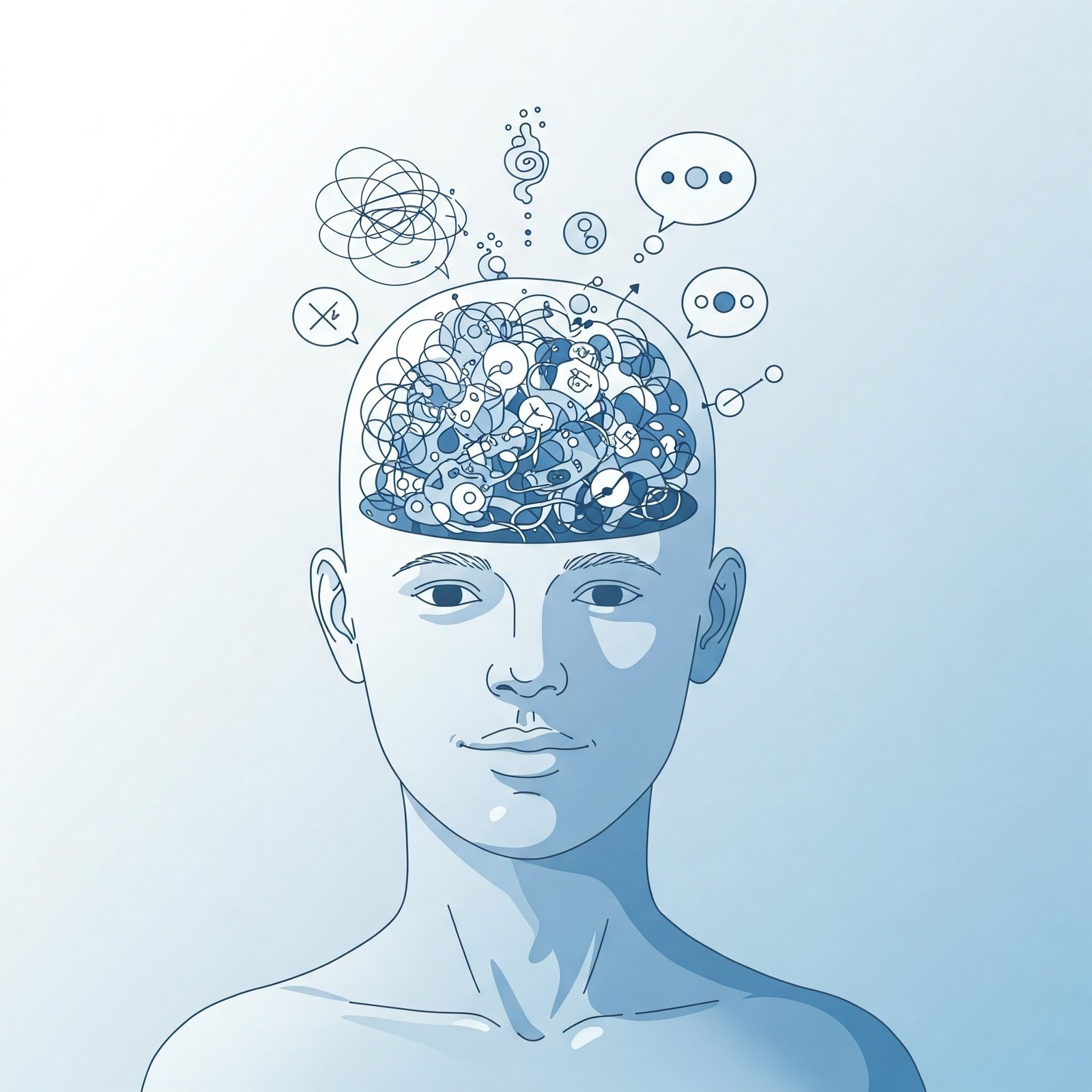
Mental clutter—the swirling thoughts, unfinished tasks, and decision fatigue—can be the most debilitating form of disorganization. My approach included:
Brain Dump Practice: Every evening, I spend ten minutes writing down every thought, worry, and idea in my head. This simple practice prevents mental loops during sleep.
Decision Simplification: I established personal policies for recurring decisions (e.g., always donating when asked at grocery checkout, having a standard response for non-essential invitations).
Task Batching: Grouping similar activities reduced the mental load of context switching. I now handle all financial tasks on Mondays, correspondence on Tuesdays, and so forth.
Information Diet: I limited news consumption to one 30-minute session daily and curated my information sources to avoid redundancy.
The Mental Clarity Journal provided helpful prompts for this process.
4. Emotional Decluttering: The Final Frontier

Perhaps the most challenging—and rewarding—aspect of decluttering involves addressing the emotional baggage that occupies our inner landscape. My approach included:
Relationship Inventory: I assessed which relationships energized me and which consistently drained me, then made conscious adjustments to my social calendar.
Forgiveness Practice: I developed a simple ritual for releasing grudges and resentments, recognizing that these emotional states occupied valuable mental real estate.
Values Clarification: By identifying my core values, I created a filter for commitments, allowing me to decline opportunities that didn’t align with my priorities.
Gratitude Reset: Each morning, I list three specific things I’m grateful for, which helps prevent the accumulation of negative thought patterns.
The Unexpected Benefits of Holistic Decluttering
When I began this journey, I expected to gain more physical space and perhaps reduce some stress. What I didn’t anticipate were the profound changes that emerged across all areas of my life:
Enhanced creativity: With fewer distractions competing for my attention, ideas began flowing more freely. I finally started writing that novel I’d been talking about for years.
Improved relationships: By clearing emotional clutter, I became more present and engaged with the people I care about. Several friends have commented on the positive change.
Financial clarity: Decluttering my spending habits and physical possessions naturally led to more mindful consumption and increased savings.
Career focus: With a clearer mind, I identified which professional activities truly energized me and redirected my career path accordingly.
Health improvements: The reduction in stress had tangible physical benefits—my sleep improved, and those persistent headaches diminished significantly.
Creating Sustainable Systems: My Maintenance Plan
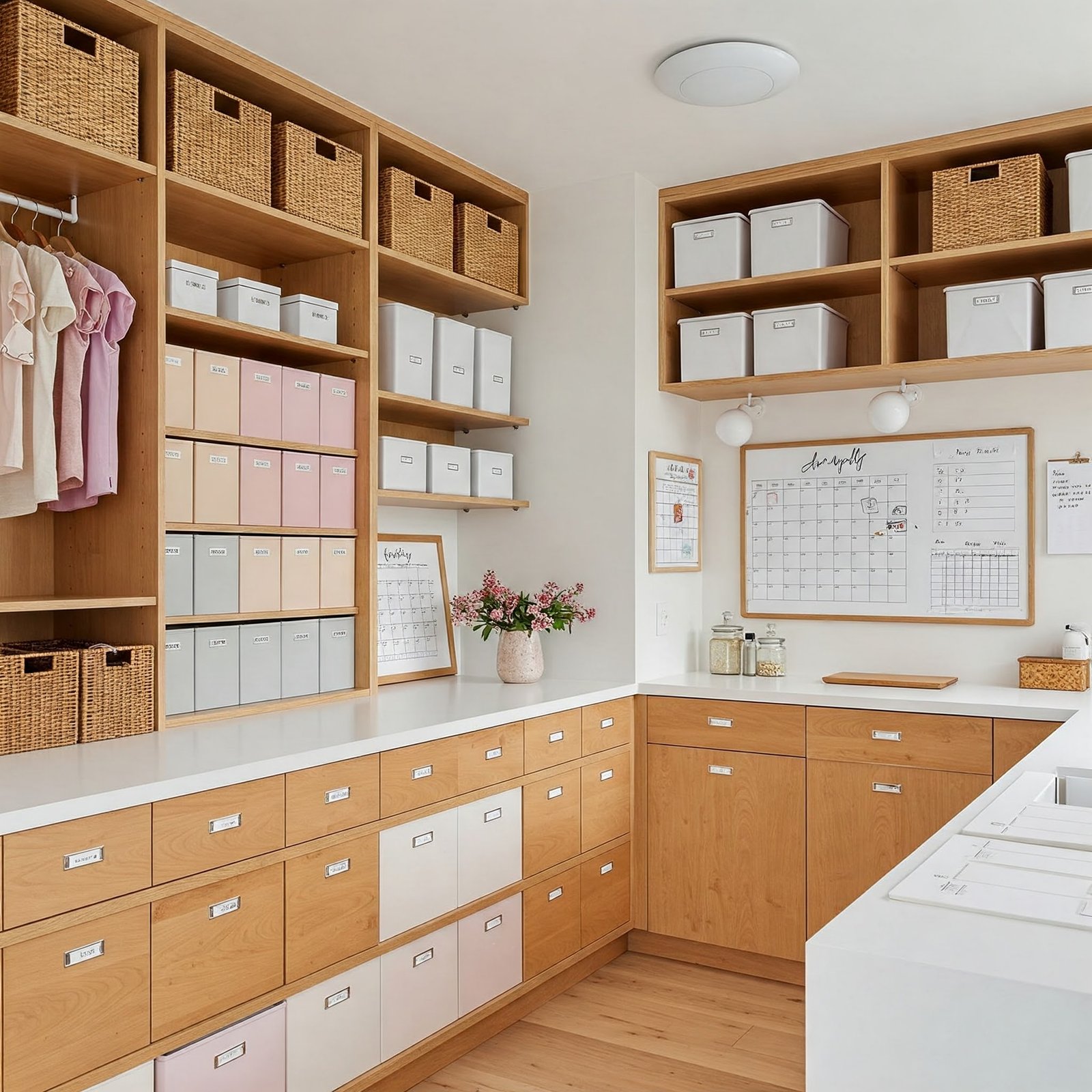
The biggest challenge with any decluttering effort is preventing the inevitable creep of new clutter. I’ve developed these maintenance practices that require minimal effort but yield consistent results:
The One-In-One-Out Rule: For every new item that enters my home, one must leave.
Weekly Reset Ritual: Every Sunday evening, I spend 30 minutes returning items to their proper places and reviewing my calendar for the upcoming week.
Monthly Digital Cleanse: On the first of each month, I clear downloads, unsubscribe from new email lists, and delete unused apps.
Quarterly Values Check: Every three months, I revisit my core values and assess whether my choices still align with what matters most.
Annual Deep Dive: Once a year, I conduct a comprehensive review of all four domains of clutter, making adjustments as needed.
Adapting These Principles for Different Life Stages
The beauty of this holistic approach is that it can be tailored to your specific circumstances:
Professionals with Demanding Careers: Prioritize digital and mental decluttering to create cognitive space for high-value work.
Those in Transition: Start with emotional decluttering to create clarity before making major life decisions.
For Retirees: Focus on legacy planning—which possessions, stories, and values are most important to preserve and share?
Common Obstacles and How I Overcame Them
Sentimental Attachments: I took photos of sentimental items before letting them go, preserving the memory while releasing the physical object.
Decision Fatigue: When feeling overwhelmed by choices, I implemented the “10-10-10 Rule”—how will this decision impact me in 10 minutes, 10 months, and 10 years?
Family Resistance: Rather than forcing my approach on household members, I focused on my own spaces first, allowing the benefits to speak for themselves.
Perfectionism: I embraced “good enough” as my standard, recognizing that imperfect progress beats perfect paralysis.
The Environmental Impact of Thoughtful Decluttering
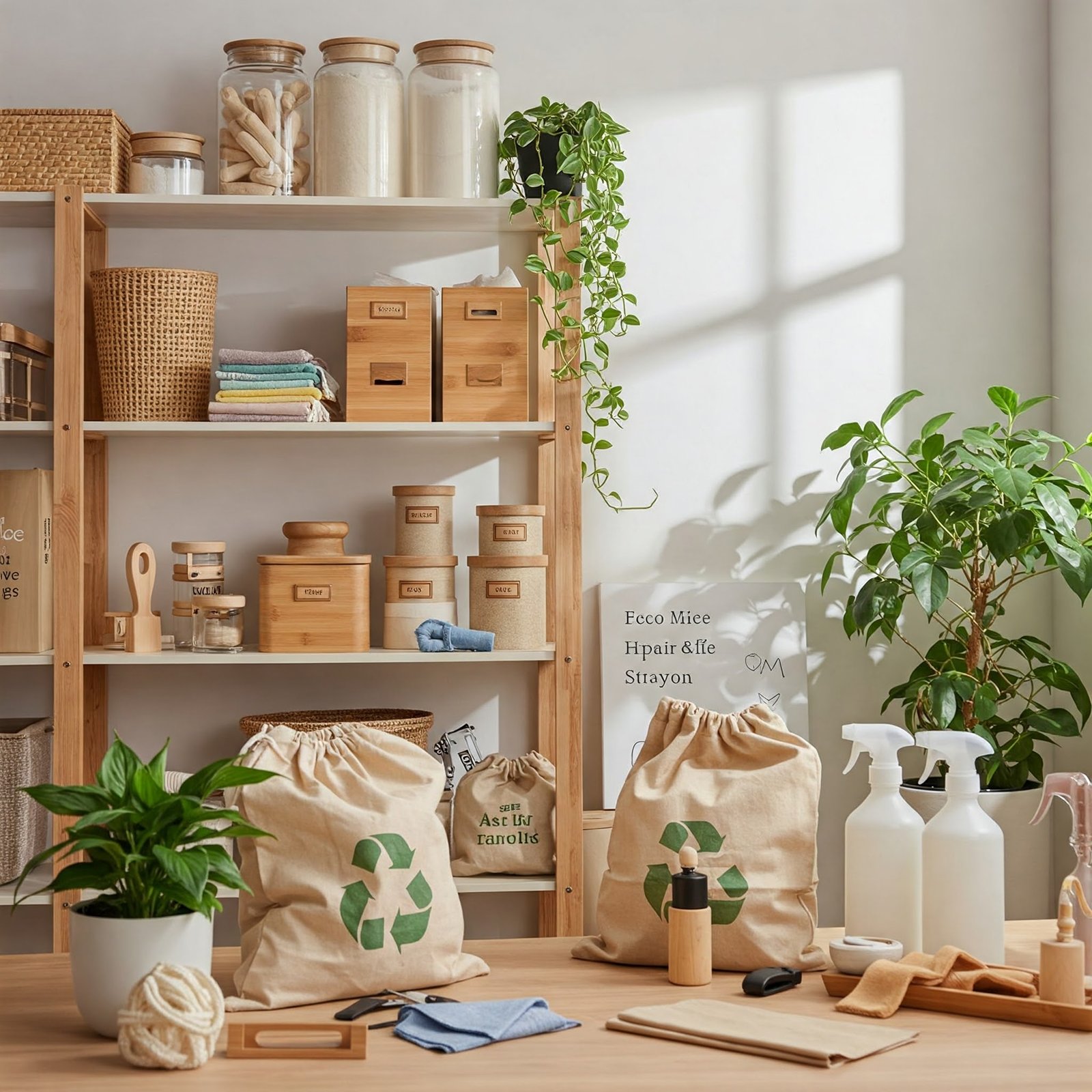
In 2025, we can’t ignore the environmental implications of our consumption and disposal habits. My approach to decluttering emphasizes:
Responsible Disposal: Researching the best options for items that can’t be donated or sold.
Conscious Consumption: Using my decluttering insights to make more thoughtful purchasing decisions.
Repair Culture: Learning basic mending skills to extend the life of items rather than replacing them.
Community Sharing: Exploring local sharing economies and rental options for rarely-used items.
Final Thoughts: The Ongoing Journey
The life decluttering guide 2025 isn’t about achieving a perfectly minimalist lifestyle—it’s about embracing an ongoing journey of making room for what truly matters. Decluttering your life is not a one-time task, but a continual process that evolves with you, revealing new insights and helping you stay connected to your authentic self.
As I sit in my now-calming home office, free from the chaos of physical mess, digital noise, and mental distractions, I’m reminded that the true purpose was never about perfection. It was always about cultivating space for joy, clarity, and meaning—one intentional step at a time.
I’d love to hear about your own decluttering journey. What aspects of life clutter have been most challenging for you to address? Share in the comments below!
FAQs
How do I know where to start with decluttering?
I recommend beginning with whatever area causes you the most immediate stress. For many people, this is a physical space they use daily, like the kitchen or bedroom. Starting there provides quick wins that motivate you to continue. If you're feeling overwhelmed, choose a small, contained area like a single drawer or your email inbox.
What if family members aren't on board with decluttering?
Focus on your own spaces and items first. Lead by example rather than forcing changes on others. Once they see the benefits you're experiencing, they're more likely to become curious. For shared spaces, propose a small experiment—decluttering one area for two weeks to see how everyone feels about the change.
How do I deal with gifts I don't want but feel guilty about discarding?
Remember that the purpose of a gift is to express someone's feelings for you—once that expression is received, the gift has served its primary purpose. Consider taking a photo of the item before donating it, or keeping just one representative item from a person rather than every gift they've given you.
